If you’re planning a summer trip to Japan and you’re considering Hokkaido, there are a few key things you should know up front. Compared to the main tourist places like Tokyo, Kyoto, and Osaka, Hokkaido is for those who want a slower, more outdoors-focused trip. The region is famous for rugged mountains, volcanoes, and some of the best food in the country. And it delivers that and more, but with some quirks and realities to consider.
- Hokkaido in Summer: Reality Check
- Best Nature Spots and Unique Experiences
- Urban Hokkaido: Food, Sapporo, and Hakodate
- Staying in Hokkaido: Ryokan and Onsens
- Hokkaido Festivals and Culture: Lower Profile, Still Worthwhile
- Practical Tips and What to Expect
- For Couples Looking for a Romantic Trip in Hokkaido
- The Bottom Line
Hokkaido in Summer: Reality Check
Hokkaido is well-marketed as Japan’s escape from humidity and city crowds, but the summer is still hot and, in peak season (late July–August), often fairly humid. It’s less sweltering than Tokyo or Osaka, but don’t show up expecting a fresh escape from summer altogether. Even tropical nights aren’t uncommon. And despite Hokkaido’s image as “off the beaten path,” you’ll see plenty of domestic tourists. In places like Furano’s lavender fields, Biei’s rolling hills, or national parks like Daisetsuzan and Shikotsu-Toya, expect peak crowds. International travelers come too, but most of the summer crush is Japanese.
Note that if you’re chasing cooler air and few tourists, Tohoku (located on the main land south of Hokkaido) is even quieter. But for nature, hiking, and unique food, Hokkaido is still the best pick.
Best Nature Spots and Unique Experiences
Hokkaido is about scenery and wild spaces. If you want variety, focus on these areas:
Daisetsuzan National Park and Asahidake: Daisetsuzan is a must-visit for hiking. The Asahidake ropeway gets you up into glacier springs, alpine flowers, and views you can’t get elsewhere. There’s a short hike off the ropeway that’s manageable for any walker. Crowds thin out past the ropeway, but if you want real mountain hikes, come prepared with decent gear and check current bear reports as bear encounters are a risk, especially off the main paths.
Mt. Yotei and Niseko: If the weather’s clear, climbing Mt. Yotei is worth the effort. It’s a long, tough hike (and not pre-plannable since visibility is key), but the panoramic views are legendary. Niseko is the main resort area, also good for day hikes and trail running.
Shikotsu-Toya Area: Besides the volcanic crater lakes, you’ll find some of the nicer “modern luxury” ryokan (see below). Lake Toya’s Nonokaze Resort comes up often as a favorite. It’s touristy in spots, but the views and rooms are hard to beat.

Biei and Furano: These areas are famous for rolling hills of flowers, like lilies, sunflowers, and the lavender fields you see in every Hokkaido photo. Yes, the flower spots are busy, but it’s still worth seeing. Shikisai No Oka and Farm Tomita are the classics. Explore the grounds on foot or save some energy with the golf cart rental at Shikisai.
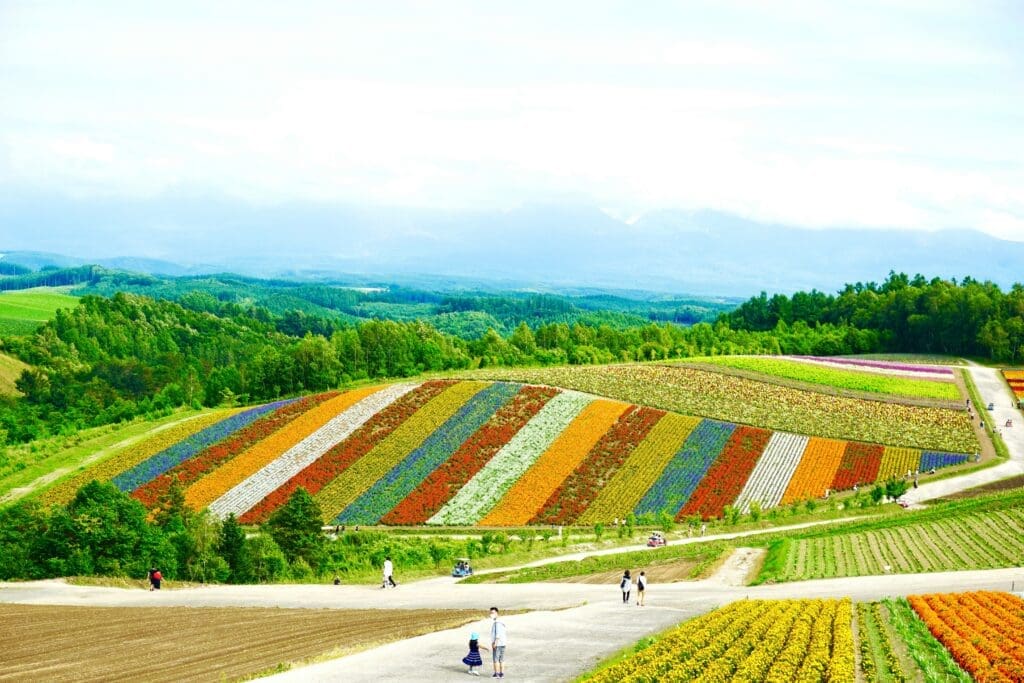
Wakkanai and Rishiri-Rebun: For those who want to really leave the crowds, head north. The ferry to Rishiri or Rebun islands lets you see a different side of Japan, windy, wild, with great hiking and a slower pace.
Urban Hokkaido: Food, Sapporo, and Hakodate
Sapporo is Hokkaido’s food capital. You’ll eat well wherever you go, but here’s what stands out:
- Soup curry (a Sapporo original, more complex than it sounds)
- Miso butter corn ramen (Ramen Alley is the place for this, just know you’ll wait)
- Dairy: Hokkaido soft-serve ice cream, fresh milk, cheese snacks
- Seafood: Hokkaido is known for crab, ikura (salmon roe), uni (sea urchin), and mackerel. Start your day with a crab breakfast at Hakodate’s morning market or try Uni Murakami near the market for unforgettable sea urchin.
If you want non-conveyor-belt sushi, try Sushi Ikko or Sushi Arima in Sapporo. These are on the pricier side, but you get the real deal. In Otaru, Naruto Honten is a favorite for fried chicken.
Hakodate is a different urban experience, sitting at the crossroad of Japanese and Western culture. The city has older brick warehouses (now shopping and dining complexes), the star-shaped Goryokaku fort, and a rooftop open-air bath at Century Marina. Don’t miss Lucky Pierrot for its “so bad it’s good” local burgers.
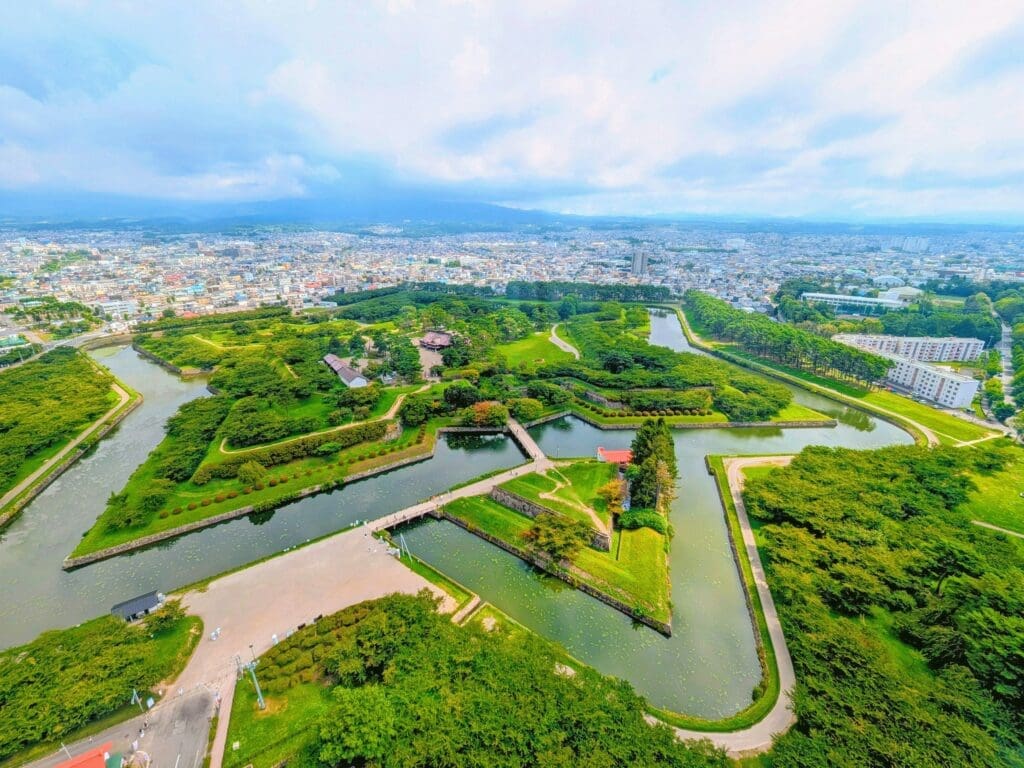
A few other food notes: Sapporo beer is essential, and you can tour the beer museum for access to varieties not sold elsewhere. Soft-serve ice cream is surprisingly abundant and always worth it after a long day. Everywhere you go, people are laid back, so expect a very different vibe from Tokyo or even Osaka.
Staying in Hokkaido: Ryokan and Onsens
Older, traditional ryokan with long histories are more of a Honshu (Japan’s main island) thing. Hokkaido’s vibe, by contrast, is about clean rooms, fresh food, and views, not so much about stepping back in time. Plenty of modern options exist, with large rooms, in-house hot springs, and elaborate dinners. Here are my top recommendations:
- Nonokaze Resort at Lake Toya is a great choice. The lake views are beautiful and the food is a step up.
- Midorinokaze Resort Kitayuzawa around 10km away from Lake Toya is another favorite that ticks the box for mountain scenery and comfort.
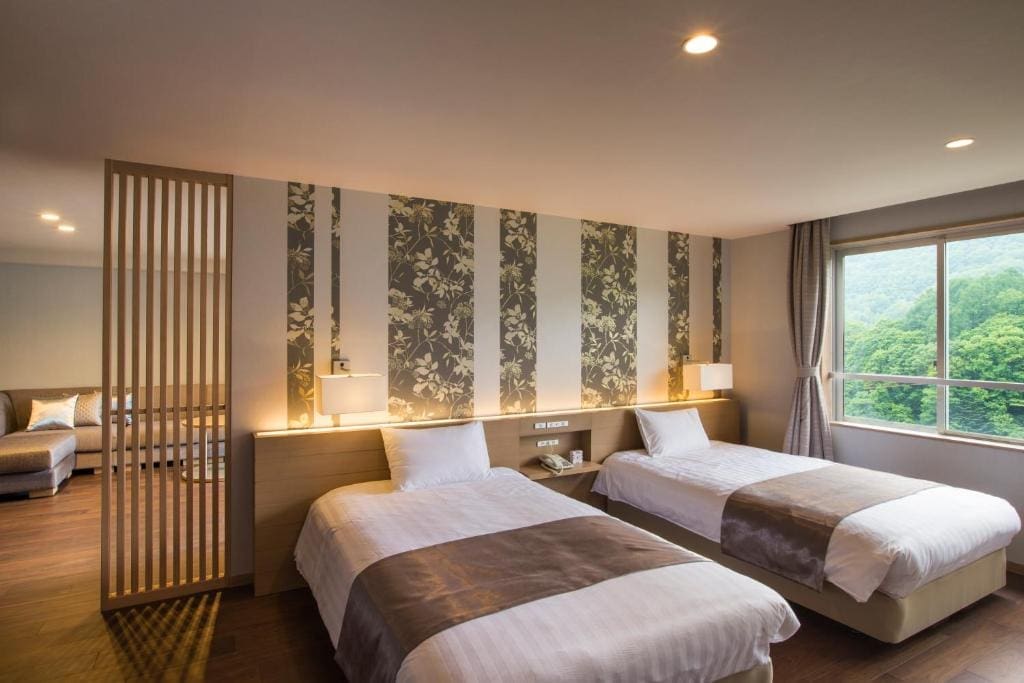
- If you want luxury, a lakeside view, and newer facilities, try Akan Yuku No Sato Tsuruga on Lake Akan.
- In Hakodate, Century Marina HAKODATE has a rooftop public bath, which has an amazing view especially in the evening.
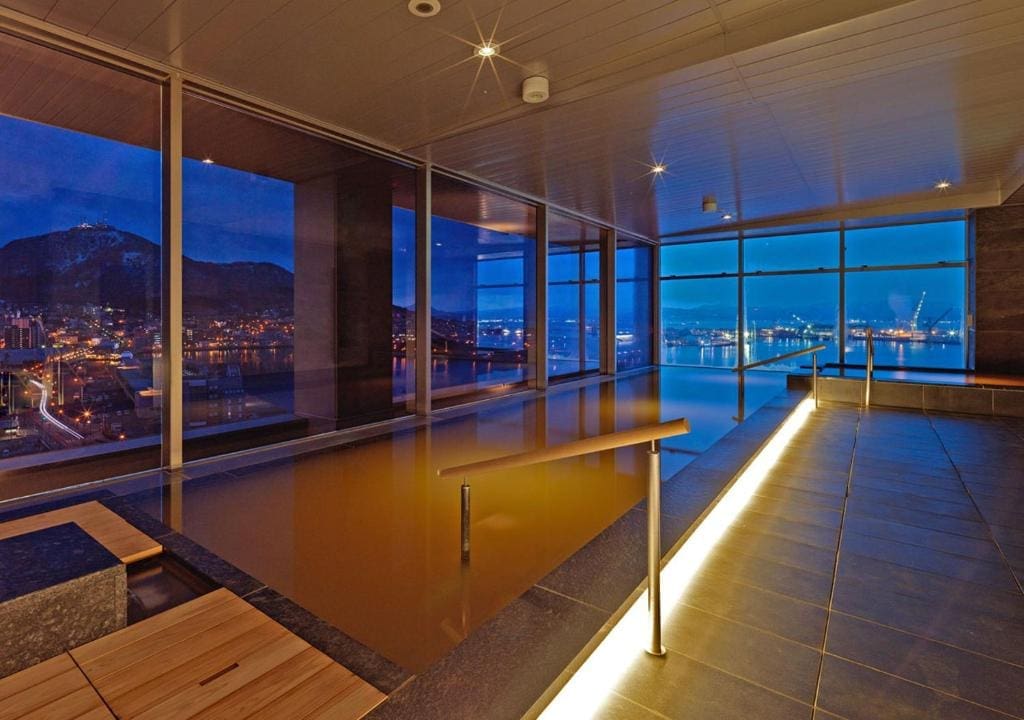
If you just want your own in-room onsen, ask the hotel, as plenty of modern “onsen hotels” (sometimes more mini-resorts than simple inns) offer private outdoor baths.
Across Hokkaido, you’ll see hotels and ryokan at every price point, but overall at for the same level of amenities and service, they’re much more affordable than in Kyoto or Tokyo. You will need around ¥50,000 for the full private onsen/dinner experience in “luxury” class. Most everywhere, the food will be good, but some excel in local produce and seafood.
Hokkaido Festivals and Culture: Lower Profile, Still Worthwhile
Hokkaido doesn’t have the blockbuster summer matsuri (festivals) found in other regions. Summer matsuri here are small or focused on fireworks, with Sapporo hosting a western-style beer festival and Hakodate or Yunokawa Onsen putting on local fireworks after Obon (Buddhist festival in August). If you want big, traditional summer festivals, consider a side trip to Tohoku (Aomori Nebuta Matsuri or Akita Kanto Matsuri, both in early August).
Unlike Kyoto or Nara, Hokkaido isn’t about centuries-old temples or shrines. Anything labeled “traditional” here will be from the Meiji era (1868–1912) or later. Instead, the draw is the blended culture, like Western-style churches with tatami floors, red brick buildings, and traces of both Japanese and Russian heritage.
Practical Tips and What to Expect
- Transportation: Renting a car opens up most of Hokkaido, given the region’s size and limited train coverage. The Super Hokuto train between Hakodate and Sapporo offers excellent scenery and lets you hop off for side trips. Ferries connect you to northern islands from Wakkanai.
- Wildlife: Bear sightings are a legitimate risk while hiking in national parks. Take standard precautions, check trail reports, and stick to more traveled routes if you’re not prepared.
- Weather: better pack for everything. Hokkaido’s weather swings from “pant weather” cool to classic Japanese summer heat and occasional typhoons.
- Activities: Sapporo’s Asahiyama Zoo is quirky and worth a visit for an afternoon. Hakodate’s ropeway and observation tower are best experienced in the evening, followed by a walk down through forested trails.
- Atmosphere: Hokkaido is a “new” part of Japan, and it feels it. Expect fewer ancient temples and more “modern Japan meets the wild north.”
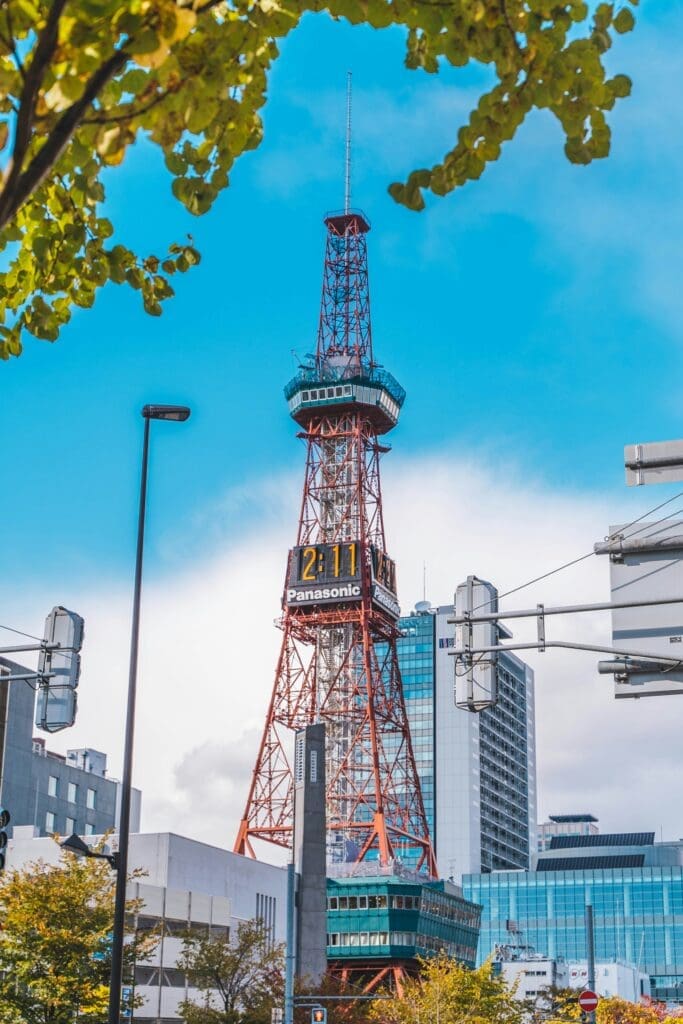
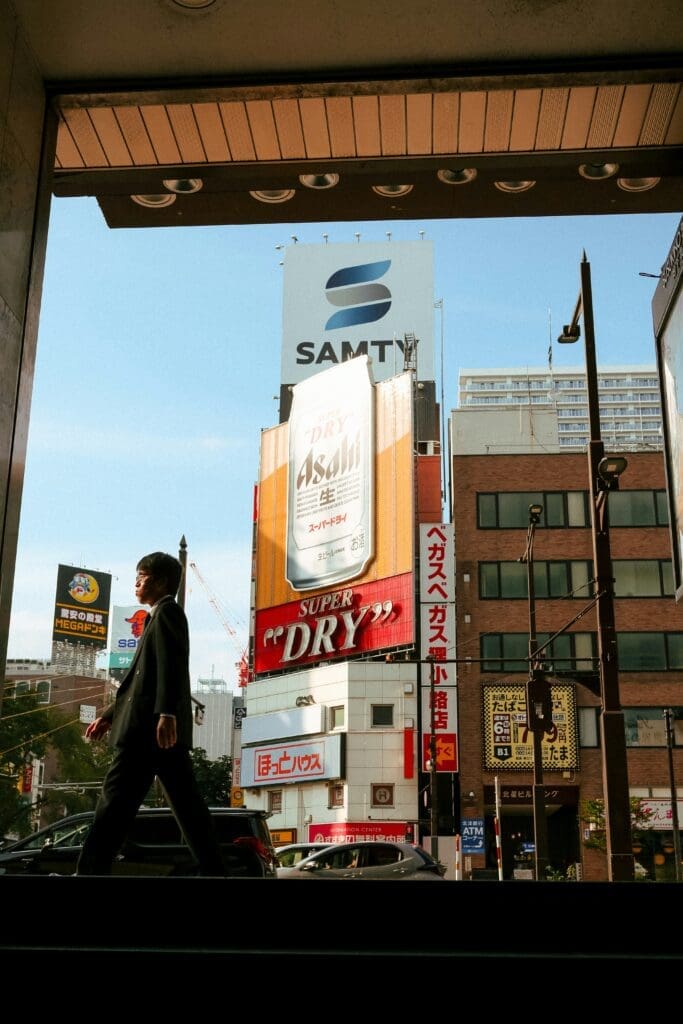
For Couples Looking for a Romantic Trip in Hokkaido
You won’t find the Kyoto temple/kimono/date night you might picture, but you will find lakeside onsens, mountains at sunrise, and towns where you can eat crab on a dock or lounge in a private bath overlooking trees and birds. For couples, book a room with a private onsen, plan an evening walk by Lake Toya, and split your days between hiking, eating, and unwinding.
The Bottom Line
Hokkaido in summer is for travelers who value nature, food, and a different pace of Japanese life. If you’re expecting cultural heritage on every block, you’ll find less of that here than elsewhere. Instead, you’ll gain unmatched wild scenery, laid-back cities, and some of the best meals of your trip. Be ready for crowds in certain places, hot weather at times, and a more modern version of tradition than you’ll find on Honshu. Embrace what Hokkaido does best: fresh air, good food, and time to slow down. That’s why people love it, and why many go back.

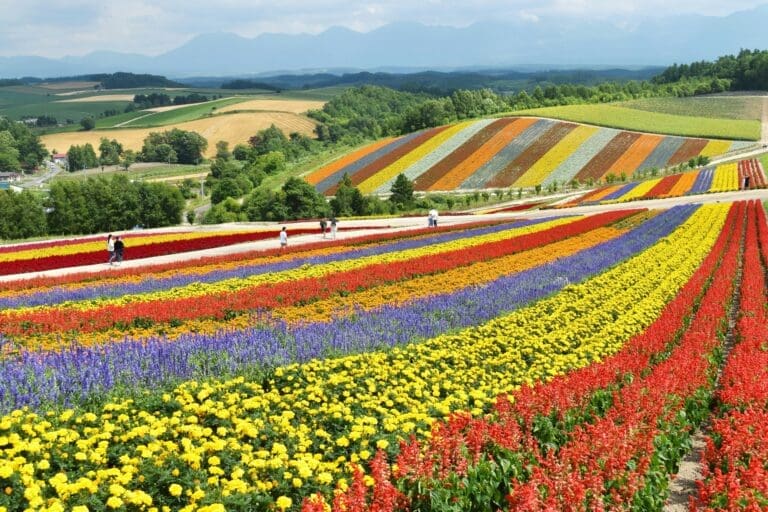
Comments are closed.